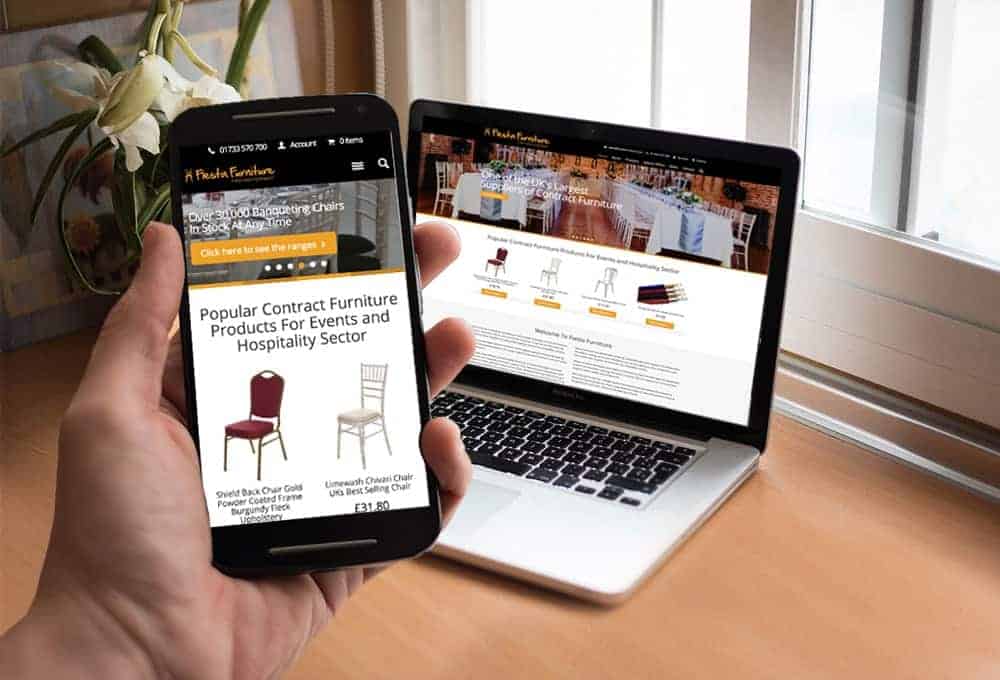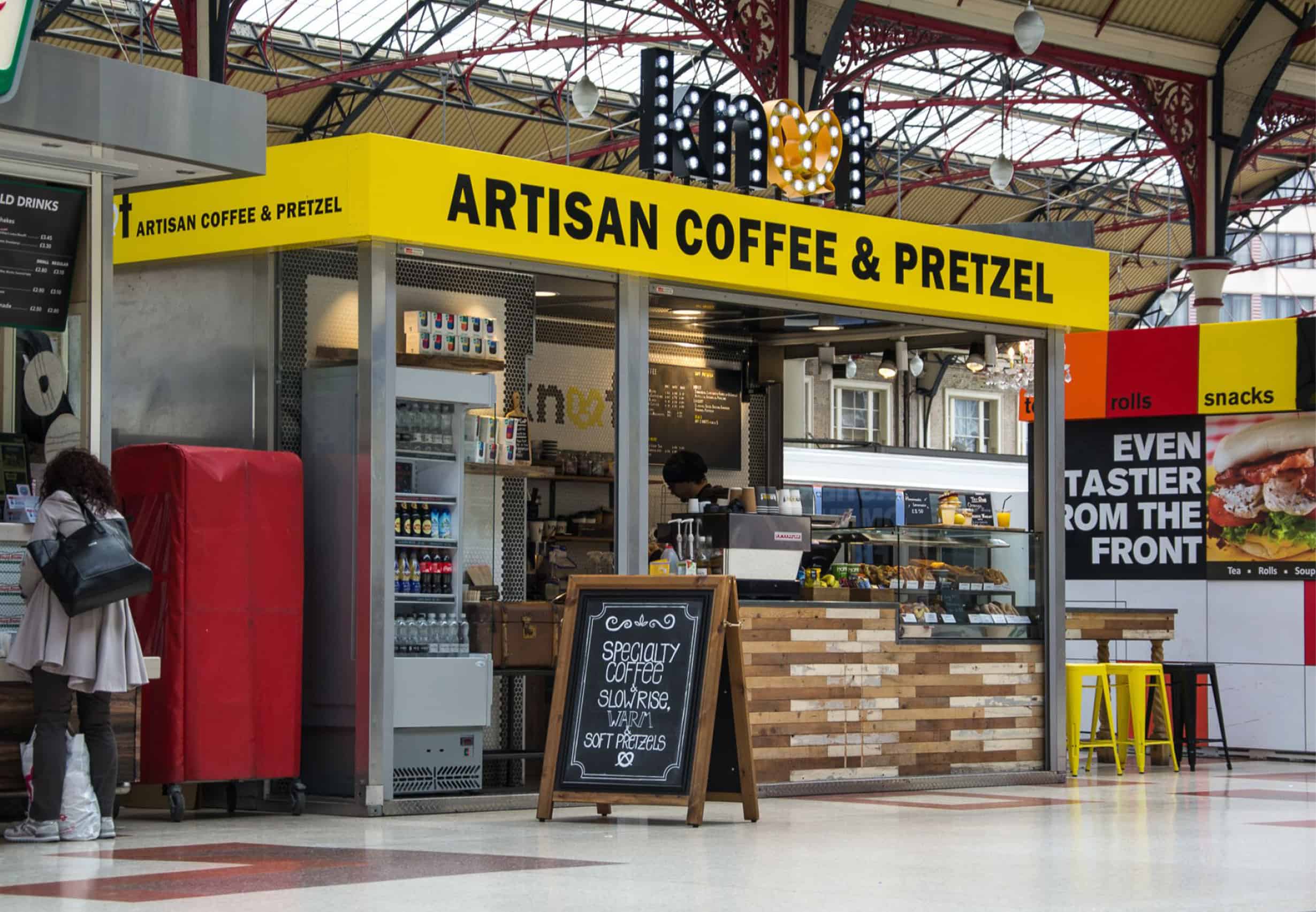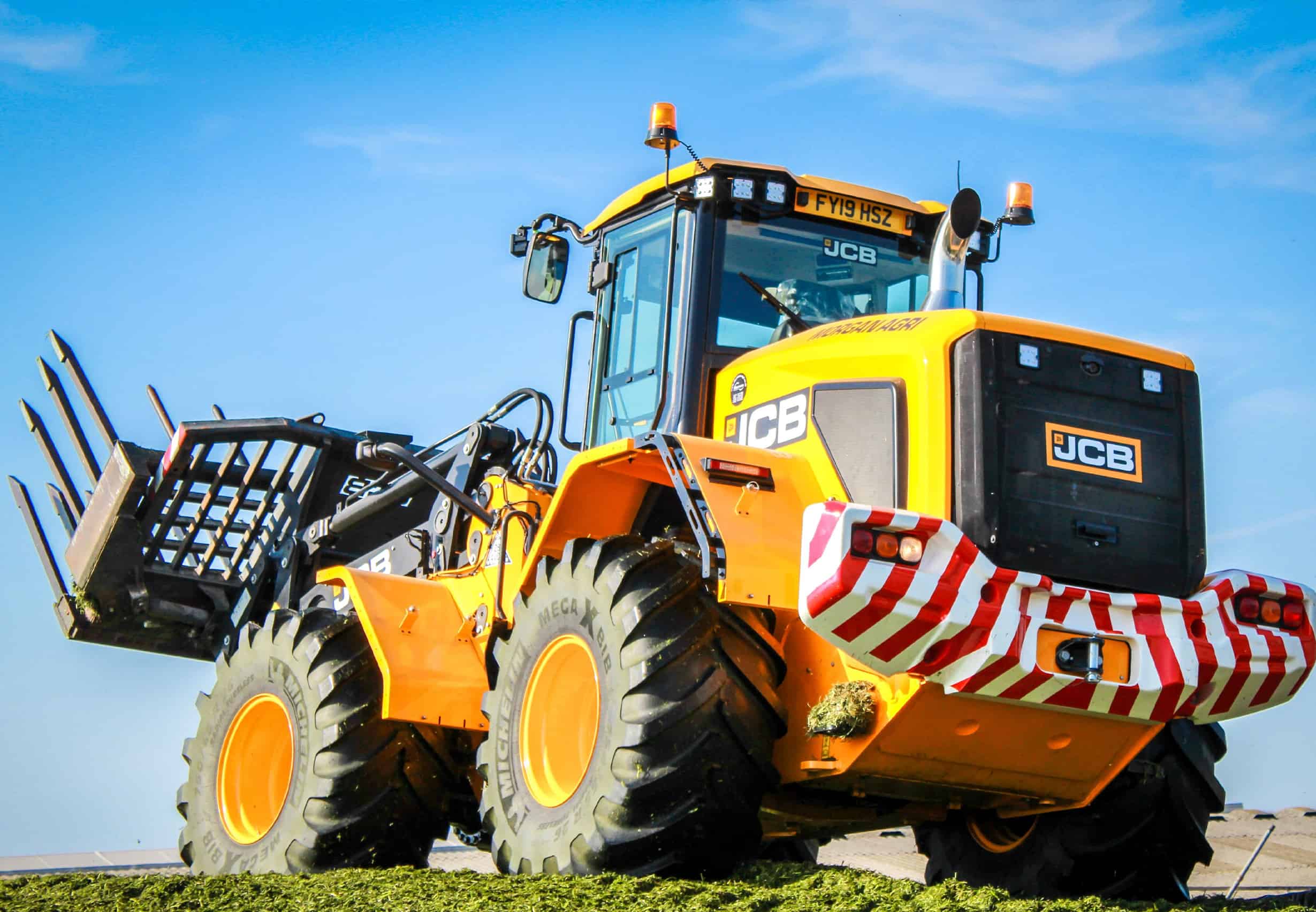Three questions to ask before developing a website
Reason 1: Scope Creep
Properly preparing for a website design or redesign will help you clearly define the project and avoid scope creep. This is a common issue where more tasks getting tacked on to an existing website project as it moves along. By first developing a specific plan for your website, (and writing this down) you can make sure your project stays on track.
Important To Remember: During a project, sometimes features and design elements come along through the process. We often find that clients during the process realise additional elements that they thought were unimportant before the project start are actually important and need applying. So be prepared for change, but the more you can determine up front, the better.
A good creative web agency will help you define these features and requirements so that they can craft an accurate proposal for the job. This is exactly the opposite to agencies who just propose a high number because they don’t fully understand the entirety of the scope.
Reason 2: Efficiency
These early stage questions will also make the entire process move along more quickly as your team will know what you want and when, making communication between your brand and the web design agency clear and efficient.
With any project there will be pinch points. These could be producing content or providing imagery, and when you combine this with doing your day job, with a project of this scope, you will have some tough priority decisions to make.
Reason 3: Finding the Perfect Fit
Finally, and perhaps most importantly, these questions will help guide your business to find the best web design and marketing agency for the job. The perfect solution is to get a one-stop-shop approach where you get all the services associated with building a website taken care of by one team that’s dedicated to the project. From content marketing through to SEO
Here are the 20 most important questions you need to ask yourself before launching into a full-fledged website design—or redesign. There are a lot of factors that go into designing a website, and if you’re building a new website for your brand, chances are that you want to nail it the first time around.
Three questions to ask a web designer before commissioning
What is your process for designing a website?
This question will help you understand the web designer’s approach to building a website and what you can expect from the design process. It will also give you an idea of how involved you will need to be in the process and what your responsibilities will be as the client.
Can you provide examples of websites you have designed?
Looking at the designer’s portfolio will give you a sense of their style, skill level, and the types of websites they have experience creating. This can help you decide if they are the right fit for your project and if their aesthetic matches what you are looking for.
What is your experience with search engine optimization (SEO)?
SEO is an essential aspect of building a website, as it determines how visible your website will be to search engines and potential customers. Understanding the designer’s knowledge and experience with SEO will help you ensure that your website is optimized for search engines and has the best chance of ranking well in search results.
Website Design St Ives
Facts, Figures and Information About St Ives
- St Ives is a market town and civil parish in Cambridgeshire, England. St Ives lies approximately 5 miles east of Huntingdon, 27miles south of Peterborough and 12 miles north-west of the city of Cambridge. St Ives is situated within Huntingdonshire which is a non-metropolitan district of Cambridgeshire as well as being a historic county of England.
- Listed in the Domesday Book St Ives was in the Hundred of Hurstingstone in Huntingdonshire; the name of the settlement was written as Slepe in the Domesday Book. Its name was changed to St Ives after the body, claimed to be that of a Persian bishop, of Saint Ivo was found buried in the town in about one thousand and one
- In 1086 there was just one manor at St Ives; the annual rent paid to the lord of the manor in 1066 had been £20 and the rent had fallen to £18. 25 in 1086.
- The Domesday Book does not exactly detail the population of St Ives but it records that there were 64 households. Using these figures then an estimate of the population of St Ives in 1086 is that it was within the range of 224 and 320 people. Note there is no consensus about the average size of a household at that time; though it estimates between three and a half to five people people per household.
- For the past 1,000 years St Ives has been home to some of the biggest markets in the country, and in the thirteenth century it was an important import and export location and remains an important market in East Anglia.
- between Huntingdon and Ely
- Built on the banks of the wide River Great Ouse, between Huntingdon and Ely, St Ives has a famous chapel on its bridge. In the Anglo-Saxon era, St Ives’s position on the river Great Ouse was strategic, as it controlled the last natural crossing point or ford on the river, fifty miles from the sea. The flint reef in the bed of the river at this point gave rise to a ford, which then provided the foundations for the celebrated bridge.
- During the 18th and 19th centuries, St Ives was a hub of trade and navigation, and the town had dozens of inns and many bawdy houses . Goods were brought into the town on barges, and livestock rested on the last fattening grounds before delivery to London’s Smithfield Market.
- The expansion of the railway network and improvements to roads meant, the use of the River Great Ouse declined. It is now mostly used for leisure boats and recreation.
- In 1947 the river Great Ouse at St Ives flooded, and some parts suffered seriously again at Easter 1998 and in January 2003. In 2006/2007 at a cost of nearly nine million pounds extensive flood protection works were carried out on both sides of the river. Building on the flood plain at St Ives is now discouraged.


















